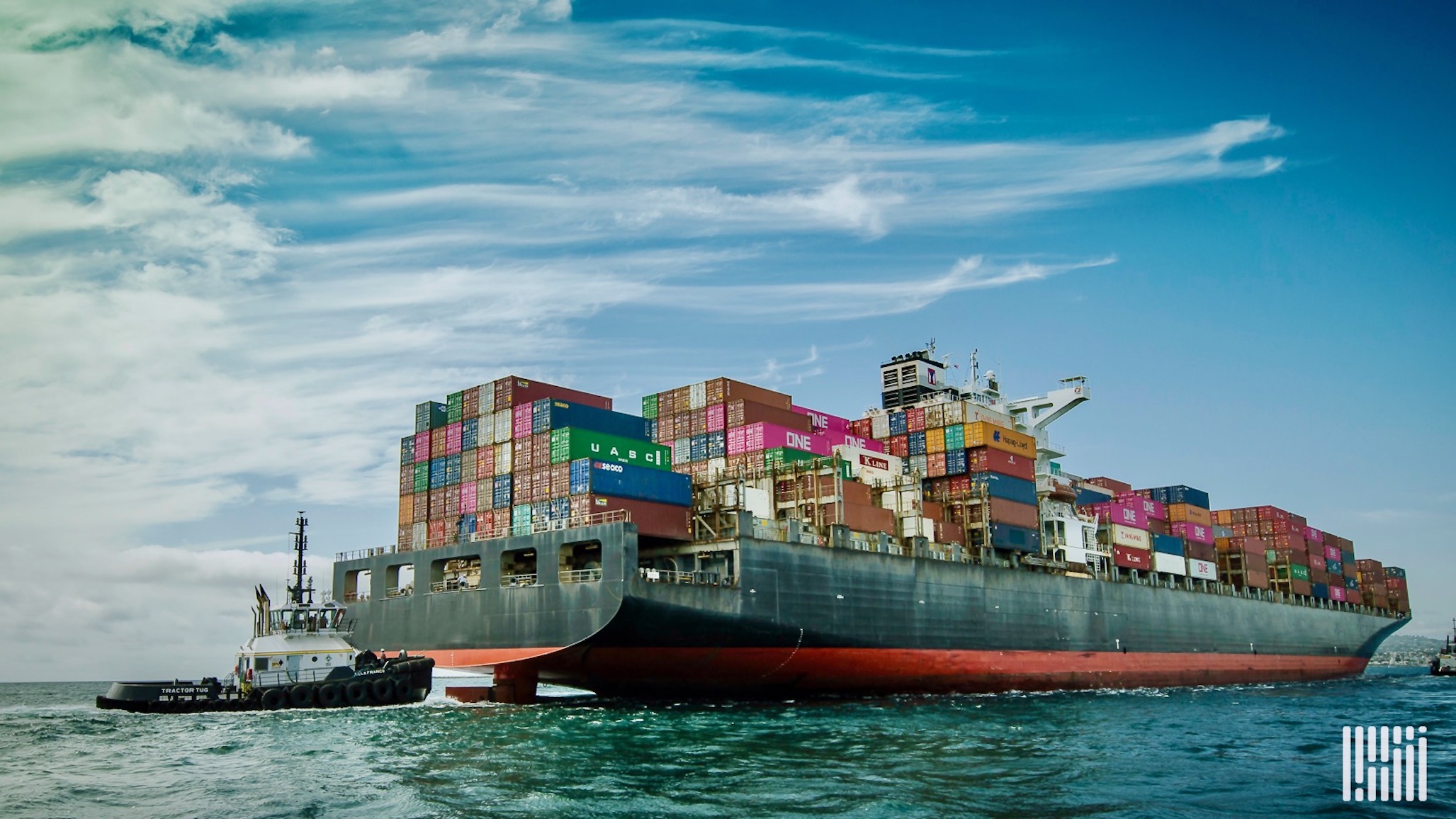When it comes to shipping goods to Italy, a country renowned for its rich history, exquisite cuisine, and breathtaking landscapes, understanding the logistics and regulations involved is crucial. Whether you’re a business looking to expand your market or an individual sending a package to a loved one, this comprehensive guide aims to provide valuable insights into the shipping to Italy.
Shipping Options
International Courier Services
-
Utilizing renowned international courier services such as DHL, FedEx, and UPS offers a fast and reliable option. These companies have established networks that ensure secure and timely delivery. While slightly more expensive than other options, the convenience and peace of mind they provide can outweigh the cost.
Postal Services
-
National postal services, such as the Italian Post (Poste Italiane), also handle international shipments. This option may be more cost-effective, but delivery times can vary. It’s important to check shipping times, especially for time-sensitive items.
Customs and Import Regulations
Understanding customs and import regulations is essential to avoid delays and ensure a smooth shipping process:
Customs Declarations
-
Accurate and detailed customs declarations are crucial. Include a comprehensive list of the shipped items, their values, and their intended use. This information helps customs authorities assess applicable duties and taxes.
Prohibited and Restricted Items
-
Be aware of items that are prohibited or restricted from entering Italy. Certain goods, such as firearms, narcotics, and counterfeit products, are strictly regulated. Familiarize yourself with Italian customs regulations to prevent any legal issues.
Value-Added Tax (VAT)
-
Italy imposes a Value-Added Tax on imported goods. Ensure that the declared value of the shipped items is accurate to avoid any complications during customs clearance.
Addressing and Labeling
Accurate Addressing
-
Provide a clear and accurate shipping address, including postal codes, to facilitate prompt delivery. Incorrect or incomplete addresses can lead to delays or even non-delivery.
Clear Labeling
-
Clearly label packages with detailed information about the contents. This aids customs officials in quickly assessing the shipment, reducing the likelihood of inspections and delays.
Packaging Guidelines
Secure Packaging
-
Ensure that items are securely packaged to withstand the shipping process. Fragile items should be well-protected with appropriate padding to prevent breakage during transit.
Customs-Friendly Packaging
-
Use packaging that is easy to open and reseal, as customs officials may need to inspect the contents. This can help expedite the clearance process.
Conclusion
Shipping to Italy requires careful consideration of various factors, from choosing the right shipping option to adhering to customs regulations. By understanding the intricacies of the shipping process, you can ensure a seamless experience and successfully deliver your goods to the enchanting land of Italy. Whether it’s a business venture or a personal gesture, a well-planned shipping strategy sets the stage for a positive and efficient delivery experience.

